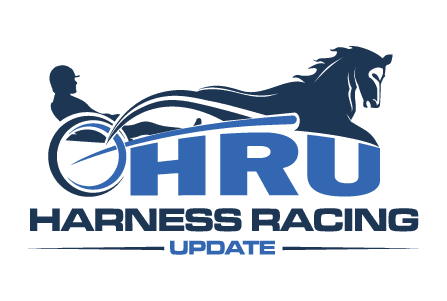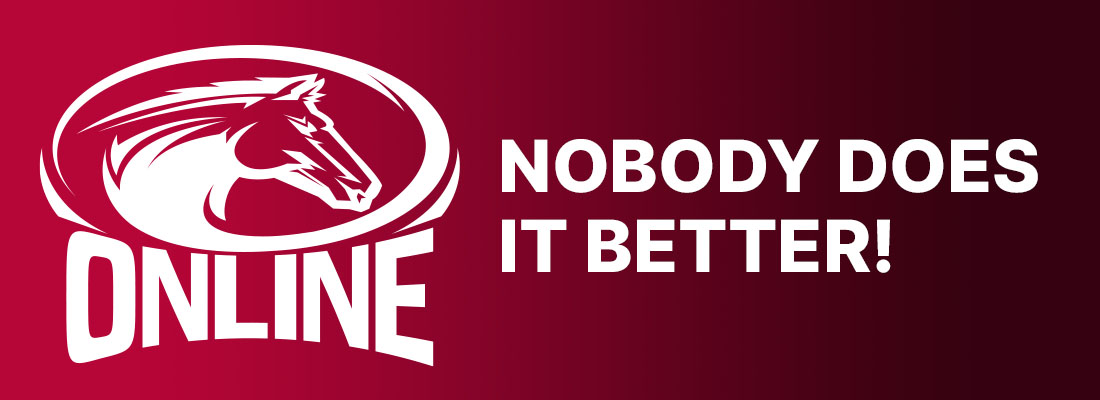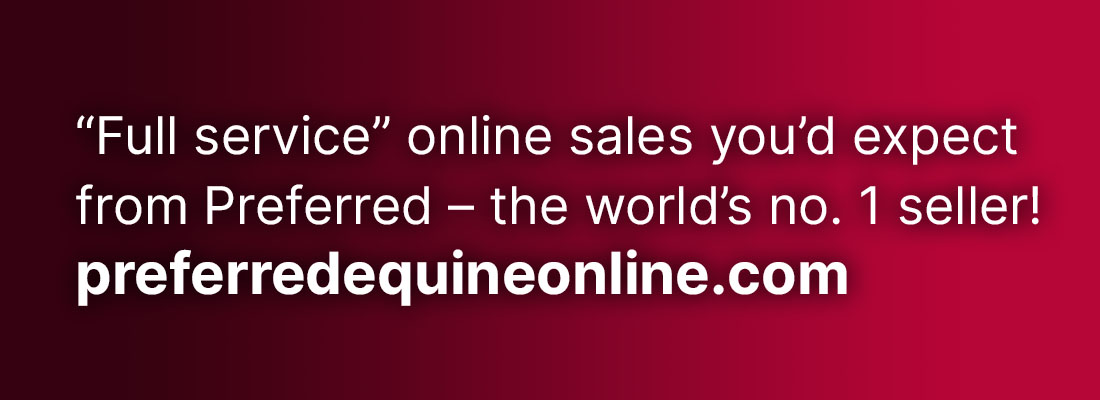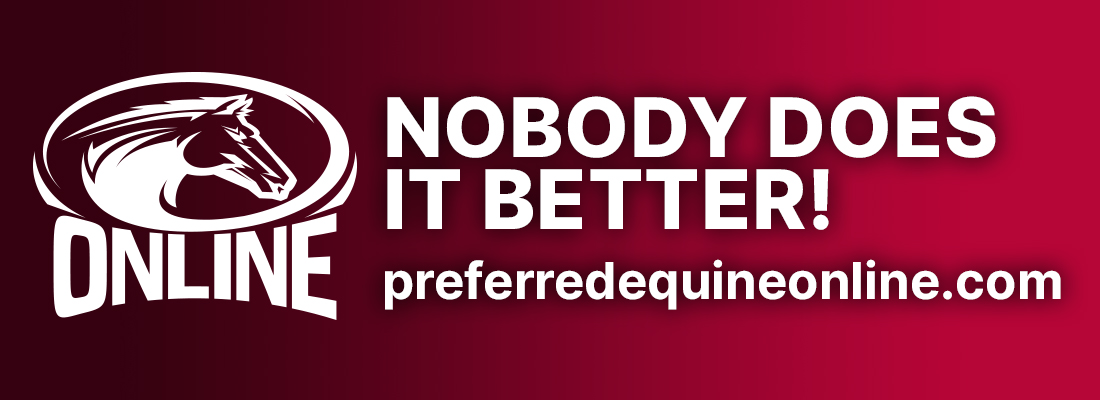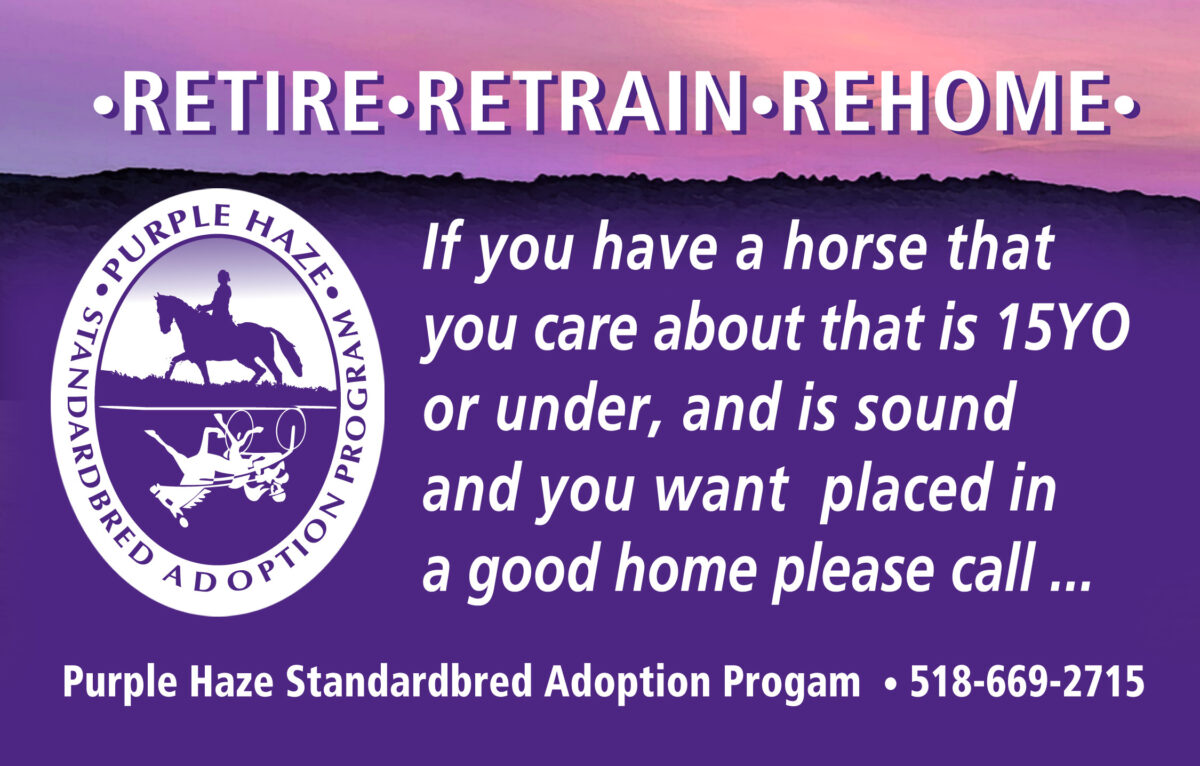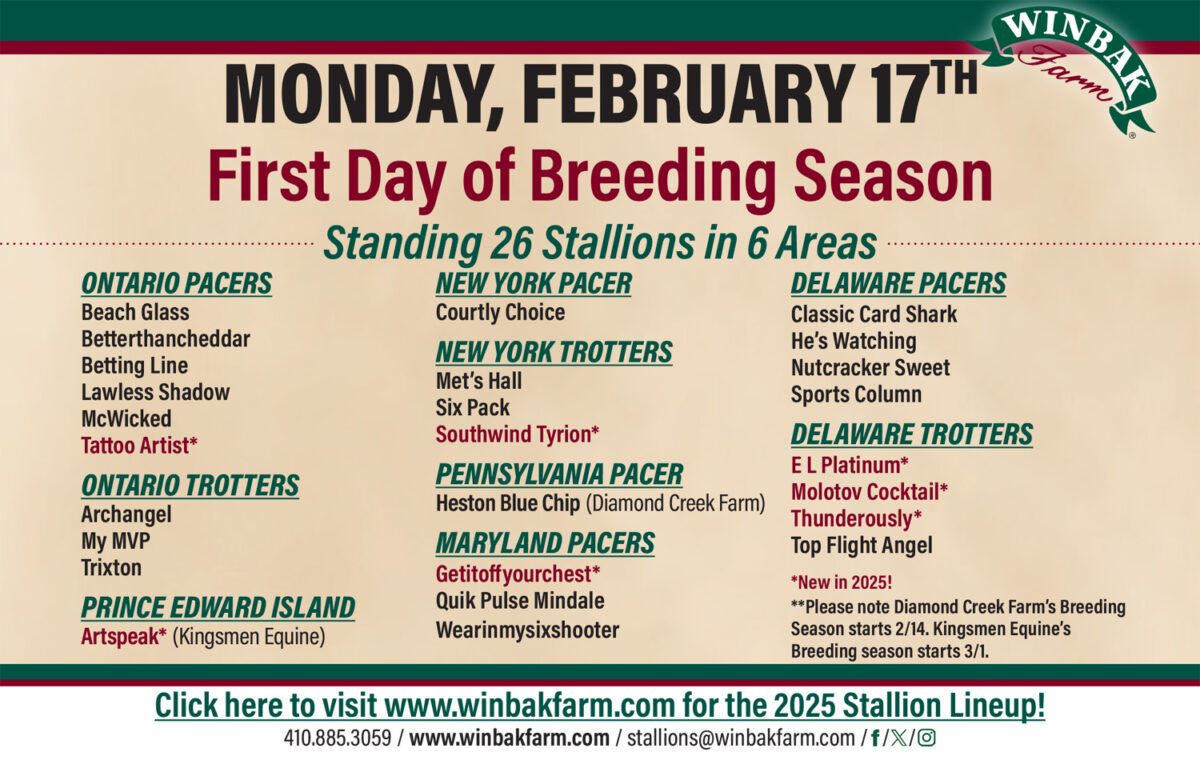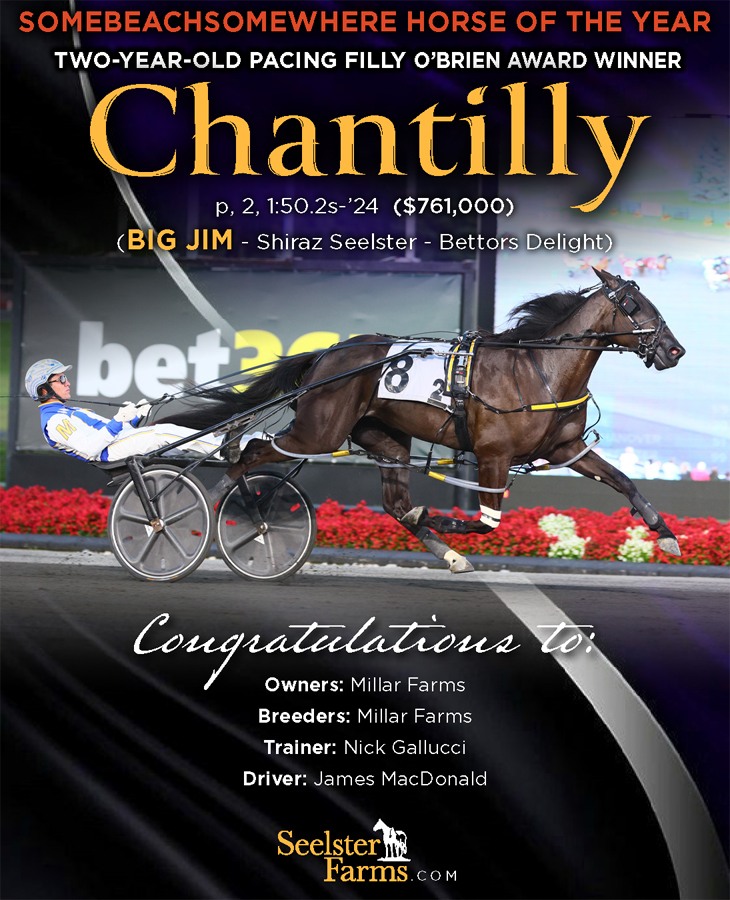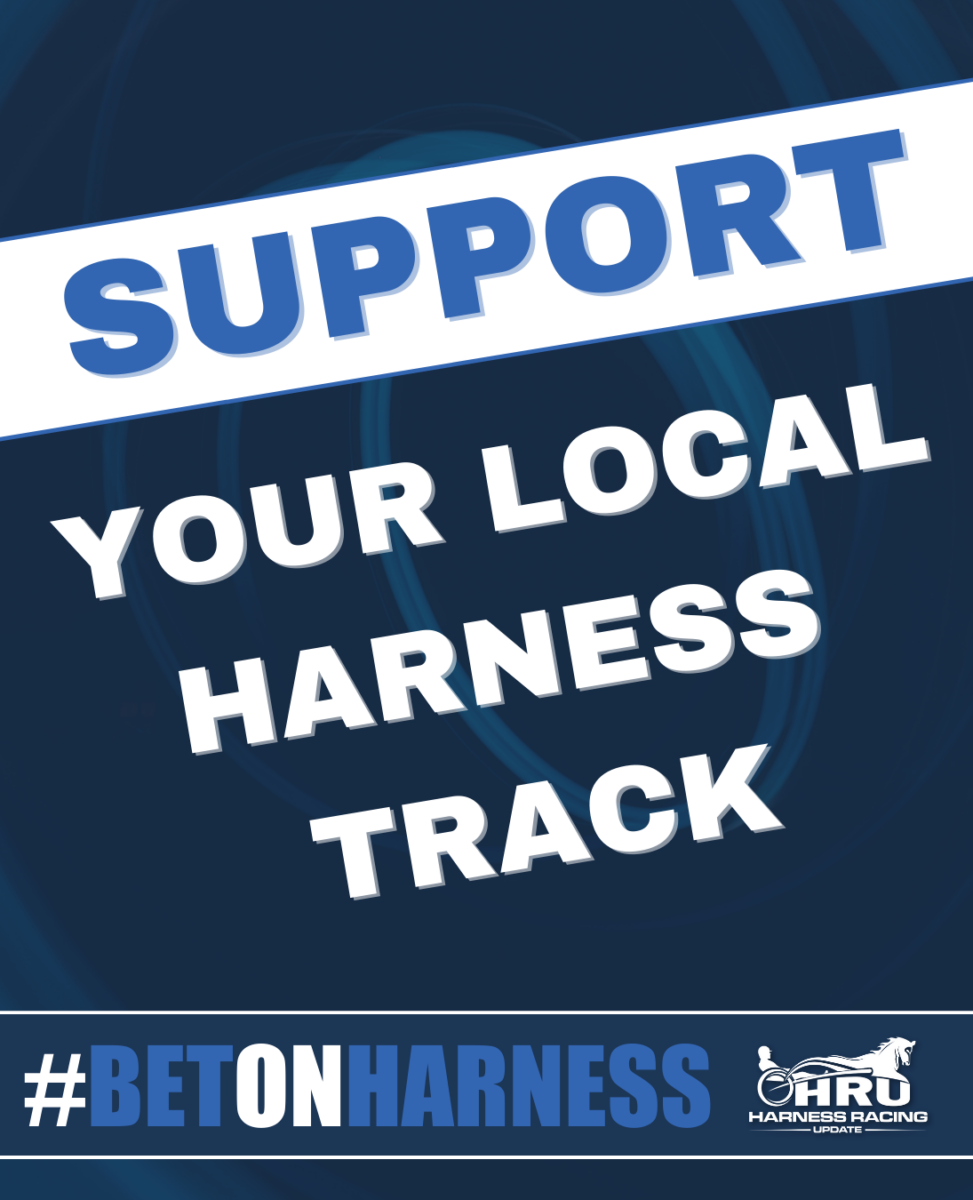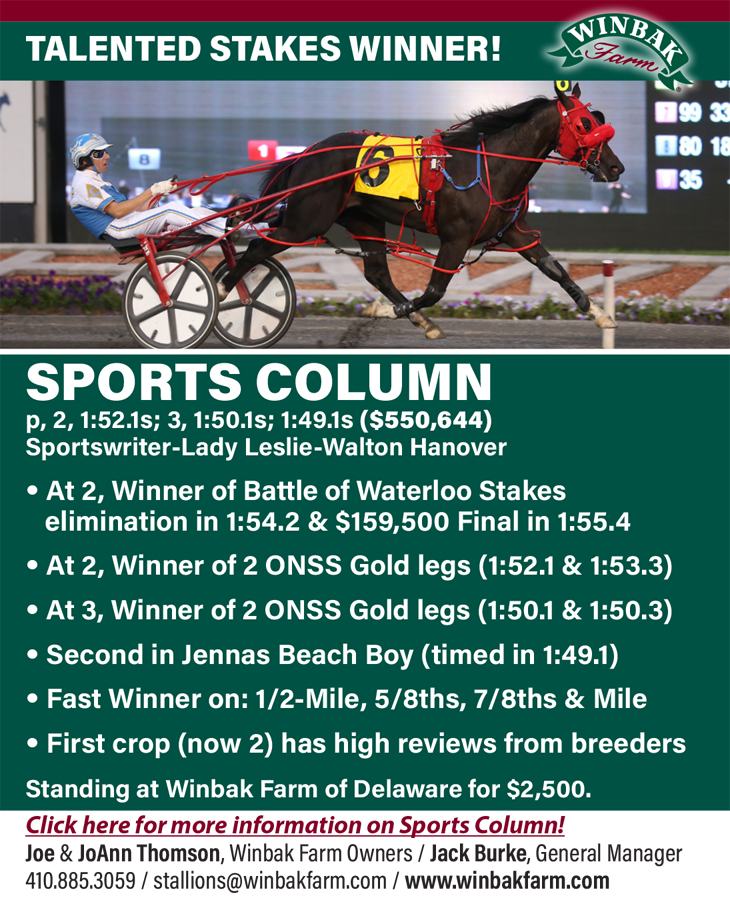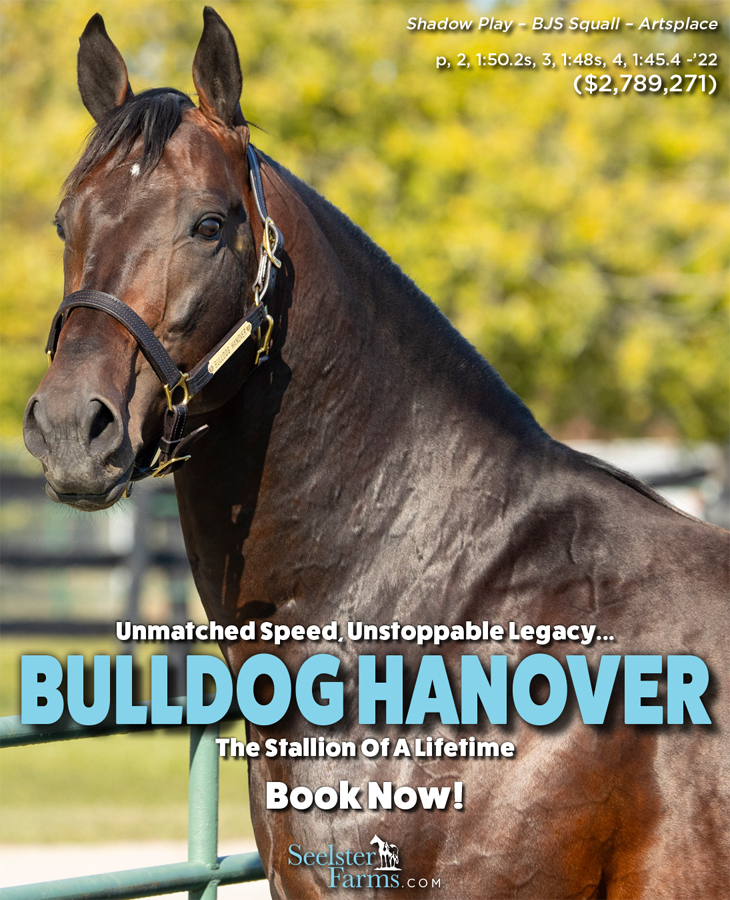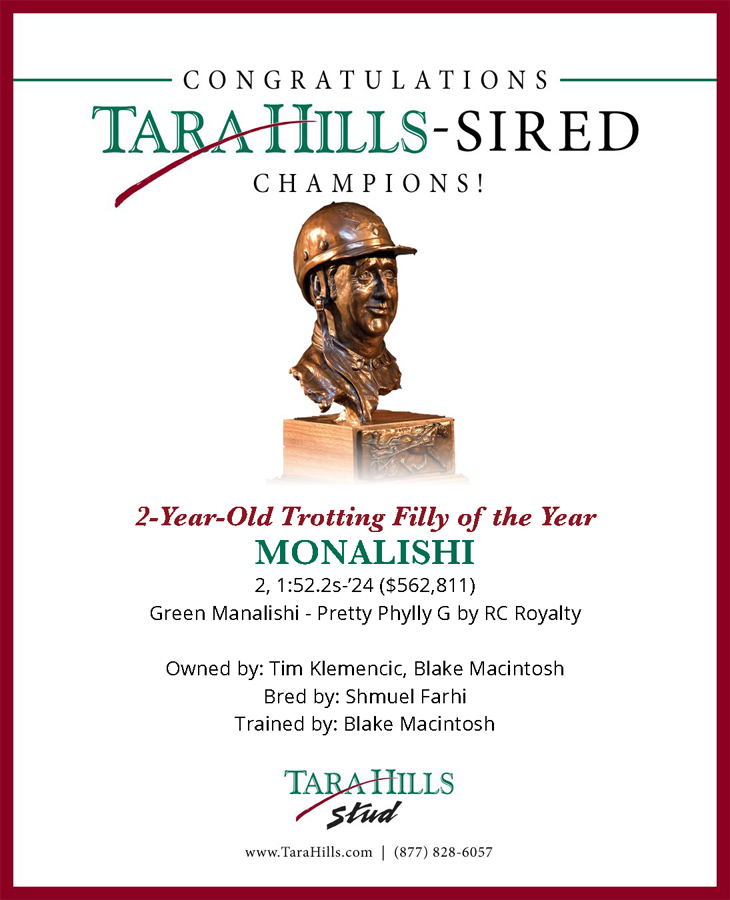
Readers give their take on post-time drag, CAWs and more
Last Sunday, we published a spirited debate between John Campbell and HRU editor Dave Briggs about how best to improve the harness racing product given the rise of post-time drag and computer-assisted wagering (CAW). At the time, we asked for reader feedback about the issue. The following letters are a response to that column.
Mean what you say on post time
I am an HPI [HorsePlayer Interactive] customer [in Canada]. Mohawk and The Meadowlands are the two tracks I follow the most.
The meaning behind “post time” for most tracks refers to post parade and not “call to post.” If I am correct, then there is no reason a race cannot “post parade” on time. Get the horses on the track at the designated time.
Once the countdown clock starts, make it visible to all participants (drivers, bettors, starter, etc.).
The countdown clock should be visible at the three-minute mark and then as a bettor I know I have just under that three minutes to make my wager before the word “go” is given.
Stick to the countdown time, don’t drag it out and lose more credibility.
When following more than one track at a time it is important to see the horses parade and sometimes score down. They can start the countdown clock whenever they want but once they do, mean what you say.
Stephen Tufts / Truro, NS
Kudos to Campbell for addressing the elephant in the room
It is actually nice to hear John [Campbell] talk about the elephant in the room, computer-assisted wagering (CAW). My story is I started betting on harness racing in 1977. I bet until last year. I love harness racing and even co-owned a couple of horses.
I finally gave up when I realized I was getting upset too often with CAW. The last race I bet what I thought was a good bet at 4-1 and proceeded to watch his odds go down to 7-5. If the track owners don’t wake up then they will eventually lose everyone.
Why isn’t there a conference for ALL track owners to go and discuss this? I don’t understand why horse racing can’t be like sports betting which is where my money went to. I can lock in odds on a bet I think is value. Don’t we have the technology for this in horse racing? Keep ignoring the problem and it will solve itself. Your choice: act or do nothing and lose harness racing forever. If you lost someone like me who LOVED harness racing then you will surely lose everyone else.
Mike Kozuchowski / Elmhurst, IL
The clock is ticking
Interesting topic and one that seems to not have an answer. I understand both [Campbell’s] and [Briggs’] position and I whole heartedly lean [Briggs’] way. If The Meadowlands wants to remain the gold standard, and more importantly keep the doors open, it has to change with the times. Sports betting didn’t wait to make changes long because they understand the nature of the gambler. It’s insulting to go on their app and sometimes see two races with 0 minutes to post. The days of Saturday night high-priced claimers and invite pacers were the best; they sold the game. Winter racing was great and something to look forward to. Maybe the kings of the sport should open their eyes and remember what worked. The clock is ticking fast.
Joe Pendola / Oak Bridge, NJ
Shorten the time people have to bet
We used to almost always go to the gate very near post time but that drag started taking over probably 25 years ago and has increased in length.
I thought it was because of the long lineups at the mutuels and they wanted to get everyone involved in placing a bet, but now I don’t see long lineups because there’s fewer people going to the races so that can’t be a concern now.
The reason now must be the delay in transmitting the bets placed at off track betting shops and people at home on computers. So, to find the solution to shortening the long drag between races I think we have to shorten the time people have to bet.
I’ve noticed baseball and football games have shortened the time between plays.
They can do that and not affect bets placed on the games because I assume most bets, if not all, are placed before the game starts.
A 10-race card at a track are 10 separate games.
What if it was divided into two or three games and all bets on each game had to be made before each game?
I know they have bets now where you pre-pick the winners of two races or five races in some cases but what if all betting had to be done that way?
There would be times when horses are scratched during the time the race card is being presented and refunds have to be given, but that happens now.
You could still have intermission breaks between race games to pre-bet for the next race game, but that’s no different than a hockey game.
I think betters have become used to sports with more action and less delay time.
John Downey / Burlington, ON
Post-time drag is the most aggravating change in our sport
I’m a third generation horseman from Ohio. We’ve raced our horses mainly in Ohio and Chicago going back to the 1940s. I’ve seen many changes in our sport over the years, some good, some not so good. By far the most aggravating change has been post-time drag. First of all, when it’s one minute to post, it’s not. We’re telling a lie. And everybody knows it. Show me one other business that lies to its customers regularly that can survive. There aren’t any. When Mr. Campbell cites the European gap between races as being 30 minutes or more and not reasonable, last night at Northfield virtually every race had a 25 to 35 minute gap between races.
To me, there is one fool proof way to increase interest/handle in our sport. That is, convert all three- and four-turn racetracks to two-turn mile racetracks with the possible exception of Delaware, OH. It is historic. Ohio is rolling because of the slots, of course. But Ohio will never dominate the sport as a venue until we convert one or more of our ovals to seven-eighths or one mile. Having the Breeders [Crown] on five-eighths or half-mile tracks is simply not fair and everyone knows it.
Bob Eschelman, racetrack builder, told me at the Jug last fall that converting Scioto Downs to a seven-eighths mile track would be simple and in the whole scheme of things, inexpensive. Handle would explode. So the powers that be can quit fretting about inane subjects like drag. It’s a mortal lock, my fellow horsemen.
Charlie Wall / Wall Bros Stable
Tracks need to communicate better with bettors
I think you’re way over stating the CAW impact on horse racing in general. There isn’t much money for professionals, like me, to make in harness racing as the liquidity is just too low. The profit motive is just minimal. That being said, I do enjoy harness racing and bet it 365 days a year.
I don’t understand the gate drag issue completely. But in, say, French harness racing when the ADW flips to the next race, the odds are fundamentally set. There is a ton of handle already in the kitty, especially in France. For any sort of professional player, this is a far more attractive proposition than U.S. harness racing. The question/issue is: Does everyone wait so long to bet because they know the gate will drag? Is it self-fulfilling because people fear late odds changes and wait to the last second to bet? I don’t know, but tracks should know.
What the tracks don’t realize — and this is just mind boggling to me — is that they don’t market or communicate or even know who their customers are. They need to use their simulcasts to capture email addresses, to capture cell numbers and build out a program of direct to consumer marketing. Stories, news, pics, photos, whatever, basic updates. Build a base and keep them excited. Survey them, understand what they want.
I wagered $25,000 at Monticello last year and they don’t know who I am. That’s what’s nuts. The only racetrack in all of the North America that has my email address is 3Rivers in Canada.
Marketing 101 and racetracks absolutely are clueless.
Jeff Demers / Boston, MA
Agreeing with Campbell that there is not much we can do about post-time drag
Mr. Briggs, I really enjoyed your article about the drag at the races and also CAW wagering. I agree with John Campbell that there is almost nothing we can do about it because it has been a proven method to increase the wagering. I can remember back in the ‘80s when I would be at Rosecroft Raceway and they would announce “we go at post” nobody took it seriously and it only lasted a few weeks before they didn’t even say it anymore. I would think just by looking at the on track attendance that the great majority of fans are not at the track but are betting and watching in the comfort of their homes. In that regard, the “drag” does not bother me so much, as I have things I can do to pass the time.
As for the CAW wagering, can you explain how that works? Is it just one person placing a large bet right before post or something different. I do get frustrated when I place a bet only to find that right before the quarter pole another horse’s odds drop drastically. Can you explain that because I know that my online bets are cut off at least 30 seconds before post so I would think that would apply to anyone making a wager online. Thanks for writing about such an important matter to racing.
Just for thought: I will never believe that the weight of the driver does not have an effect… weight kills! Look at all of the really good drivers and none of them appear to be overweight. Dexter Dunn must weigh all of 150 lbs. And when they have the amateur races we can see the difference when Dunn or Miller get on the same horse and improve their time by two or three seconds. In all of your years of racing have you ever known a real successful driver that was overweight?
Darrell Griswold / Jacksonville Beach, FL
